Incheon is the junior partner to South Korea’s capital and megapolis, Seoul. For this reason, the aspiring city on the Yellow Sea is often overlooked on the South Korea traveler’s itinerary.

That said, today Incheon is Korea’s third-largest city and confidently flaunts the exciting ambition of a global port of call. To see some of the city for yourself, here’s a walking tour of Incheon Chinatown.
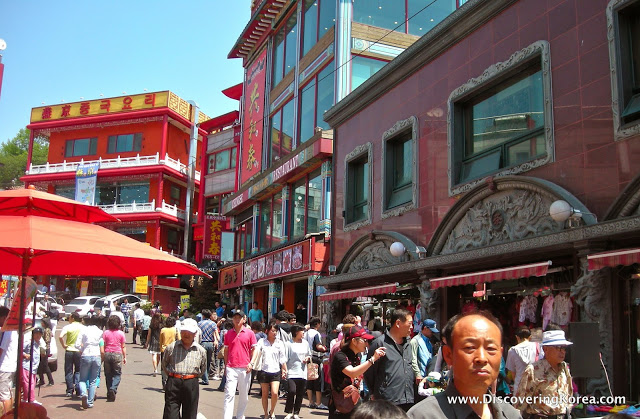
In the late 1880s, Incheon was called Jemulpo. It became the Hermit Kingdom’s first “open port,” when a fading dynasty allowed Asian and Western powers to build settlements like what is still Korea’s only formal Chinatown.
What these foreigners built in the brief window before Japan’s colonization of Korea in 1910 represents some of the nation’s best early modern architecture.
Fifty years later, Incheon’s Wolmido Island (월미도) took to the international stage when the American Army general Douglas MacArthur led an amphibious attack that turned the tide of the Korean War.
To see much of this history for yourself, Incheon Station (인천역) is a convenient starting point to explore the historic Jung-gu district (중구) on foot.
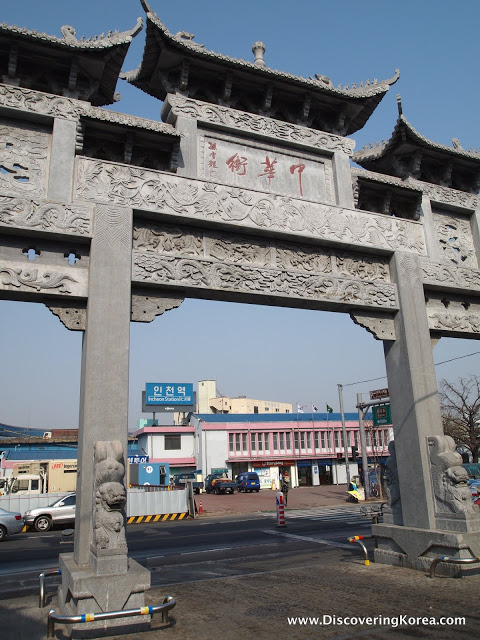
The gray Junghwamun gate (중화문), one of three traditional Chinese pailou donated by Weihai city, marks the entrance to Incheon Chinatown.
For now, walk past it and the police station up a narrow alley. The road lined with red lanterns and Chinese row houses is nicknamed “Jajangmyeon Street.”
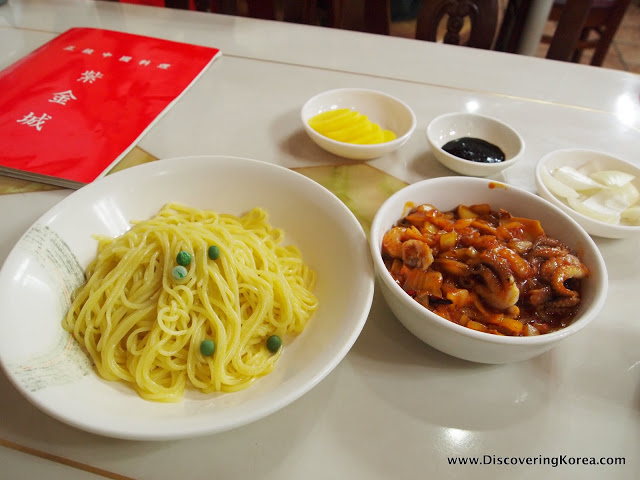
Named for the neighborhood’s contribution to Sino-Korean cuisine, enjoy a bowl of the famous noodles slathered in sweet, homemade black soybean sauce for W8,000 at Jageumseong Restaurant (자금성).
As the hill meanders left, you’ll go right up the stairs painted with pandas, Great Walls and all things Chinese to reach the blue-tiled Seollinmun gate (설린문).
Instead of climbing a second staircase, however, make a sharp right turn down the hill to “Mural Street,” which depicts scenes from the third-century Chinese epic, Records of the Three Kingdoms.

A couple of blocks later when the street dips, go left up the hill towards Chemulpo Club, a handsome house built in 1901 where Incheon’s first foreigners plotted their exploits.
When the road veers left past the blue-roofed church, you’ll probably hear the rooster’s crow.
It’s a sure sign you’re approaching Jayu or Freedom Park (자유공원), Korea’s first Western-style green space. Opened in 1888 as “All Nations Park,” today it’s dominated by tributes to U.S.-Korea ties.

In addition to a green cage filled with an avian menagerie and a hutch of rabbits, a statue honoring the architect of the 1950 Incheon Landing, General Douglas MacArthur, overlooks a flower garden and a plaza affording the sights and sounds of the working port.
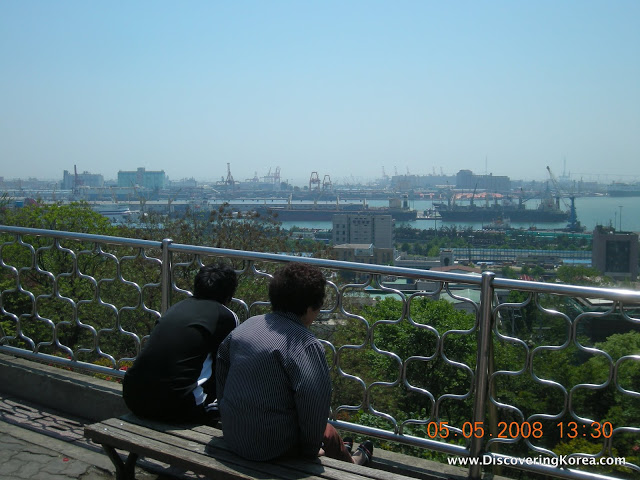
A few meters further afield is the Korea-U.S.A. Centennial Monument. Retrace your steps down the brick path and pass the 2-story, eight-sided Palgakjeong pavilion (팔각정) before exiting the park at Mural Street.
This time around, descend the Boundary Steps past the statue of Confucius. The staircase and differing pagodas delineate the old border that separated the Chinese (right) and Japanese (left) concessions.
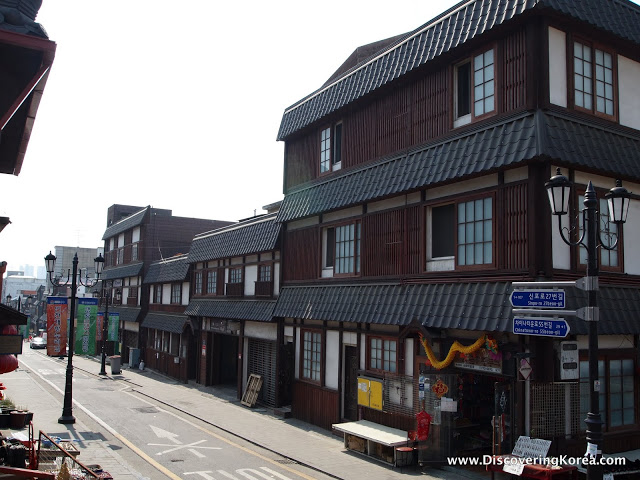
At the bottom, turn left on the Street of History & Culture, two blocks of recently Japan-ified facades that somewhat resemble a film set.
After passing the district office building on the left, wrap right around the corner into what was old Chemulpo’s financial center.
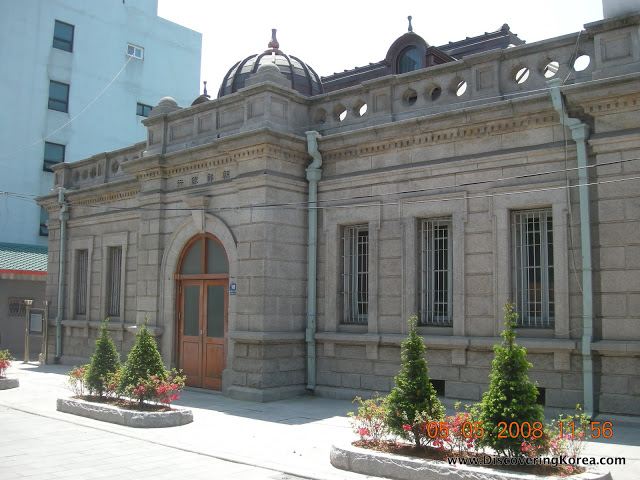
What remains are three regal Japanese banks built in Classical and Renaissance styles. Among them, the Former 18th Bank was converted into the Incheon Open Port Modern Architecture Museum (인천개항장근대건축전시관), a worthy pit stop that explains the area’s history.
One block down is the Incheon Art Platform, several old brick warehouses converted into a sassy home of the Incheon Foundation for Arts & Culture.
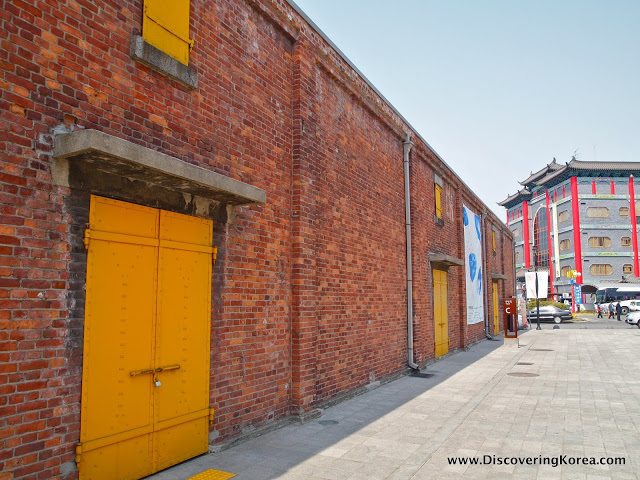
Across the street is a small park, the gold Inhwamun gate (인화문) and the imposing Korean-Chinese Cultural Center.
If you walk west from the Boundary Steps, you’ll pass several historical buildings on your way back to the train station. Once there, if time allows, take a bus (#2, 23, 45, 15mins, W900) from Incheon Station to Wolmido Island.
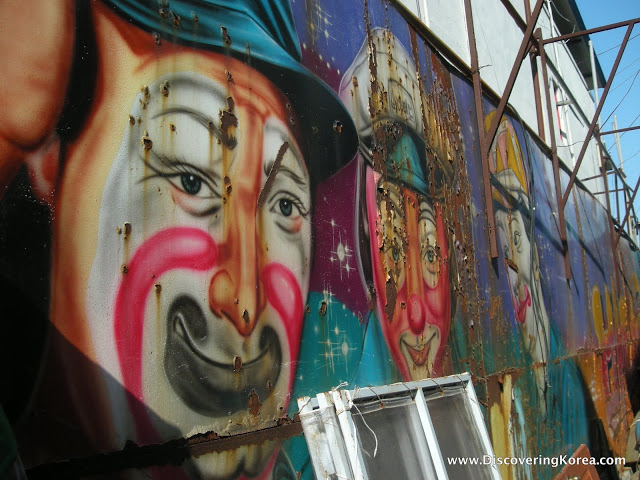
No longer an island, it’s retained a quirky identity, thanks to a tiny amusement park and charming waterfront promenade. Be sure to sample the local delicacies – prawns caught that morning and deep fried or French fry-encrusted corndogs of dubious vintage.
Both are delicious.

Or, try your sea legs on a ferry departing for a neighboring island or China. Alternatively, a 90-minute harbor tour from the Cosmos Cruise Dock affords incredible views of (and under) the Incheon bridge for just W15,000. Saturday dinner cruises run W55,000. More packages are available.
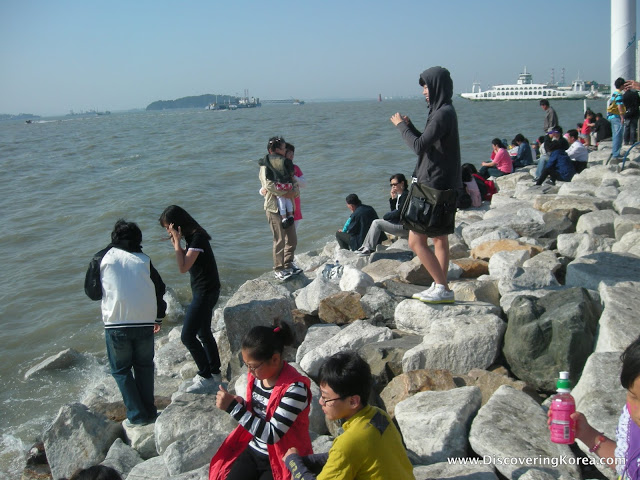
Finally, your Wolmido visit should conclude with a stop at the Museum of Korean Emigration History, a sunset snapshot at the lighthouse pier, and a 25-minute hill climb to the Wolmi Observatory.
That concludes a walking tour of Incheon Chinatown. I hope you enjoyed this historic city’s many sights!
About Matt Kelley
Matt Kelly is native of the US Pacific Northwest and is half-Korean by ethnicity. He lived in Korea for five years and has written hundreds of travel guides for Wallpaper, TimeOut, the Boston Globe and Seoul Magazine and was a host for several different variety shows on Korean radio and television.
